|
Hello and welcome! This post is going to be all about [solidcore]. I had the chance to try a few classes via ClassPass and wanted to give my review as a fitness instructor. If you’ve read my blog before, you know that I always keep it honest about my class experiences!
If you’re interested in hearing an unbiased review of [solidcore] and learn more about it, keep reading! What is [solidcore]? According to their website, [solidcore] is a “50-minute high intensity, low impact resistance training workout class using slow and purposeful movements targeting the core”. [solidcore] is typically 50 minutes long and uses a megaformer to break down your slow-twitch muscle fibers. They offer a beginner class, a traditional full-body class, and muscle-specific classes targeted at non-first-timers. Many people refer to [solidcore] as “Pilates on crack”. Classes are held in a dark room with special lighting and music to help motivate you to work your muscles to failure.
About the studio.
I went to the Westport, Connecticut location. There are many other studios across various states, so there’s a good chance you have one not too far from you! This location is about a 45 minute to 1-hour drive from my house. (If you’re reading, [solidcore], please come to New Haven, CT!) The studio is small but nice! I really liked the overall design of the space. No showers but the bathroom had plenty of products to freshen up with. [solidcore] is a very sweaty workout; I don’t think this is a class I’d take before having to be somewhere unless I could stop at home to shower first. There was a merch wall with some cute clothes/accessories, and the studio also has lockers available for use. The actual workout room has 12 megaformers and mirrors on two sides of the room. It’s typically kept dark with blue lighting.
Cost.
I attended my first two classes at [solidcore] via ClassPass. Classes ranged between 9 and 14 credits, which is on the higher end for this area. The studio does offer two different first-time client specials. The first is $49 for an unlimited week. I totally would’ve taken advantage of this if I lived closer and were able to make it more often. The second is $38 for two classes, which is a very solid deal as well. Unlimited monthly membership will run you $249, and there are less expensive options for 4 or 8 classes a month. Single classes are $25 for an off-peak class and $34 for a regular class, and [solidcore] offers discounts on class packs. If you can find a community class on the schedule, these are only $10! They’re only held when a new instructor is joining, so they’re rare. If you can find one, book it! I’ve taken several classes at the $34 price after my two ClassPass classes. So, you can probably already tell how I feel about [solidcore]. Let’s get into some of the details so you can understand why I was willing to pay that much for one class. The class. I have to be honest. [solidcore] is the best fitness class I have ever taken in my life. I took several different instructors and each class was equally amazing. Even with the class being an hour away and pretty expensive, I 100% plan to continue attending. The first thing to understand is that [solidcore] is HARD. Regardless of how fit you are, you’ll be challenged in this class. It’s probably the most challenging workout I’ve done, but it’s also unique from anything else I’ve done. Moves are kept as slow as possible, which makes them difficult. You’ll work all of your muscles to failure, especially the core. The class size is kept at 12, so you get a lot of attention from the instructor. If you’re slacking on form, they’ll notice. If you check out my BODYROK review, you’ll see that I felt very lost and confused in this megaformer class. I came close to giving up on the megaformer, but [solidcore] completely changed my mind. The instructors had excellent cueing abilities and were able to make sure the entire class knew what they were supposed to be doing. Plus, they made sure all of us were in proper alignment and weren’t at risk of getting hurt or doing the moves wrong. I loved the atmosphere of the studio. The dark room and blue lighting are perfect for this type of class because you aren’t doing any quick or jerky movements. You’re moving very slowly and the vibe of the room helps you focus on yourself. The music was loud, but not so loud that it was bothersome or overshadowed the instructor’s voice. I really liked the music selection; there was a lot of hip hop, which is great for motivation while you’re working out. I think [solidcore] tests your mental strength just as much as physical. There will be points that you feel like your body literally can’t take any more. But the great part is that the instructor will often call you out by name and encourage you to keep going. I liked that we never really stayed in any one position for too long. So it never got boring. Was I sore? Yes. I’d be shocked if anyone told me they weren’t sore after their first [solidcore] class. I felt most of the soreness in my core, which is great because having visible abs again is a goal of mine. The full-body classes target the whole body, but most moves engage the core in some way. I’d strongly recommend not to plan anything that involves the use of your muscles the day after your first [solidcore] class. Going on a weekend when you can relax the next day is probably the best thing to do!
Tips for [solidcore] first-timers.
Get there early. I’d recommend arriving at least 15 minutes early so you can talk to the instructor before class and get the megaformer you want. You want to come to class relaxed without feeling rushed. Let your instructor know you’re new and they’ll tell you what to expect. Find a spot towards the middle of the room. When you book a spot in class, you don’t book a specific reformer. Since you’ll get there early, try and claim a megaformer in the middle of the room so that you have someone on either side of you. Listen to what the instructor is saying. You’ll need to listen to the instructor to understand what you should be doing. They’ll typically cue for your next move while you’re still in the previous move - this class moves quickly! As long as your ears are open, you shouldn’t be confused. If you miss something, just look over at the person next to you. Take regressions and take them often. Listen closely to your instructor so that you hear when they offer modifications like dropping down to your knees or coming down to your forearms. If you need to regress the difficulty of the movement, there’s no shame in doing that. It’s better to take the modification than to compromise form and end up not getting the most out of the movement. Hydrate. Drink lots of water the day before your [solidcore] class as well as the day after. Your muscles will inevitably be sore and it’s important to stay hydrated to help with recovery. Drinking water the day before your class will help ensure that you don’t feel super dehydrated during class. Take small sips of water during class rather than huge gulps. Planking on a stomach full of water isn’t a great feeling! Breathe. Remember to breathe throughout the class! People have a tendency to hold their breath when doing tough exercises, especially when it comes to core work. Focus on your breath during all movements. Rest. Recovery is so important after a workout this challenging. Make sure you rest afterward as needed. Refueling your body with a high protein meal after the class is also a great idea. Restorative yoga or a nice walk are the perfect active rest day activities for the day after [solidcore]. Come back! Keep going to [solidcore]! They recommend taking class 3 times a week for the best results. I can’t make it that often because of how far it is from me, but I’m committing to once a week for the time being. You’ll continue to see progress and be challenged as you consistently take classes. The great thing about [solidcore] is that the megaformer is so easily adjustable that you’ll never hit a plateau - it can always be made more challenging! Is [solidcore] worth it? Absolutely. I rarely say this about classes that cost this much, but I’m 100% sold on [solidcore] and its benefits. The level of instruction was excellent and I truly felt like all 50 minutes of the class were spent well. If I were closer to [solidcore], I would without a doubt purchase a membership and go several times a week. While [solidcore] is great for strength training, you’ll also get your heart rate up because the class is fast-paced. The potential caloric burn is very high for a low-impact class. If I had to pick one class to do for the rest of my life and nothing else, [solidcore] would be it. I’m adding it to my regular workout regimen to get me ready for my trip to Jamaica in a couple of months! In closing, [solidcore] is completely worth the hype in my opinion. I hope to be able to live closer to a location in the future, but I’ll make the hour-long drive for now. Thanks for reading! Have you tried [solidcore] or any other megaformer class? If you had to pick ONE class to do for the rest of your life and nothing else, what would it be? Let me know in the comments!
Comments
|
AuthorDominique Cheylise, 27 year-old engineer and group fitness instructor. Archives
August 2021
Categories
All
|
Location |
|
disclaimer
Dominique Cheylise is a personal blog meant for entertainment purposes only. This blog is not meant to serve as a substitute for professional advice from your own doctor, nutritionist, dietician, or trainer. While I'm a certified group fitness instructor, the workouts and food I post are what works for me and may not work for you. Please enjoy these stories and tips from my life, but proceed with caution. Affiliate links and sponsored posts may appear occasionally; your support is appreciated. For more information about how your data is stored, visit my Privacy Policy. Thanks for reading!
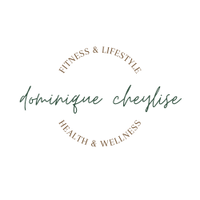
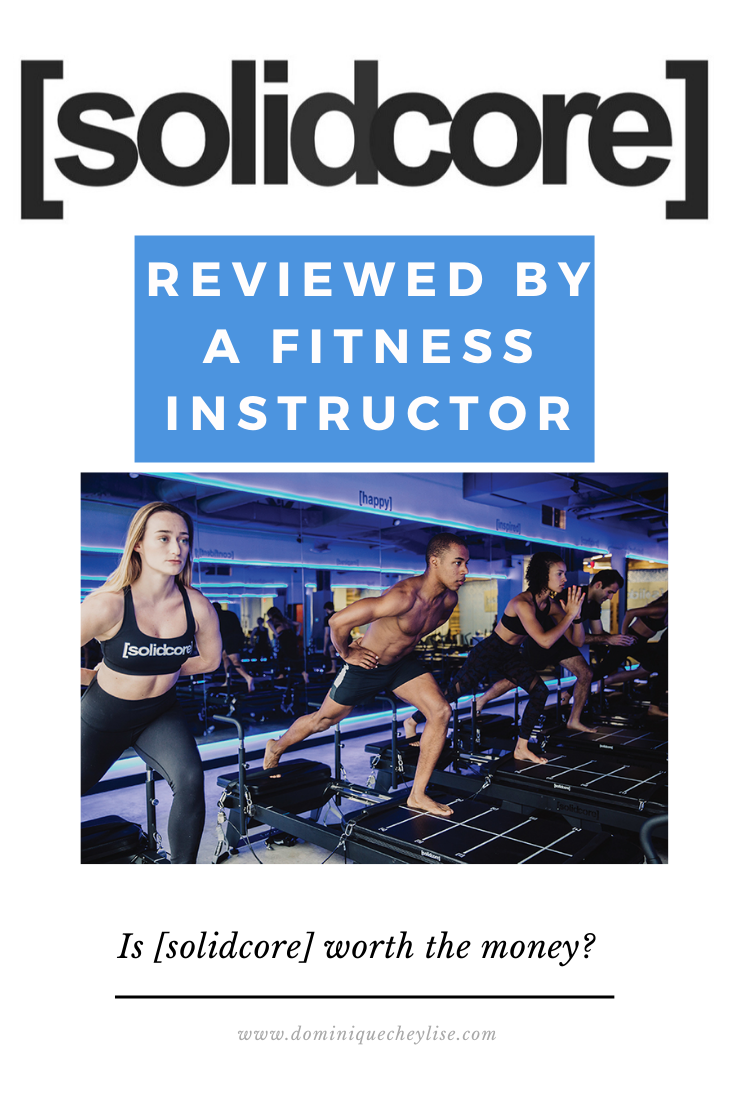
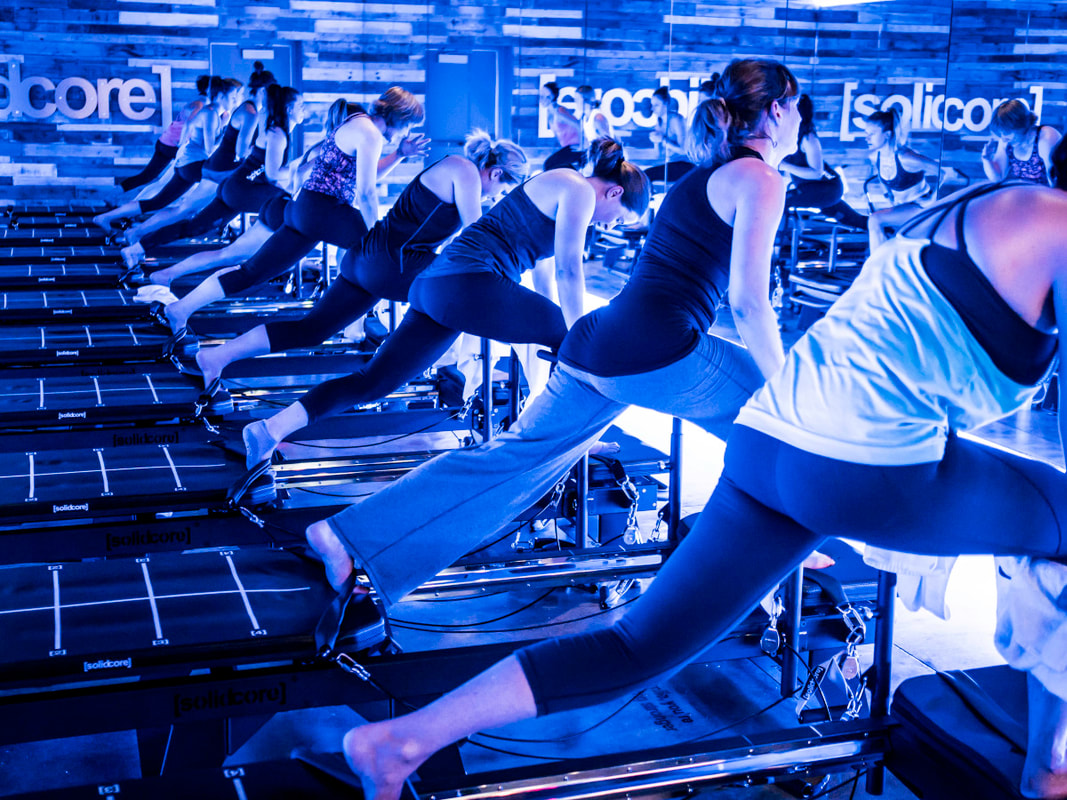
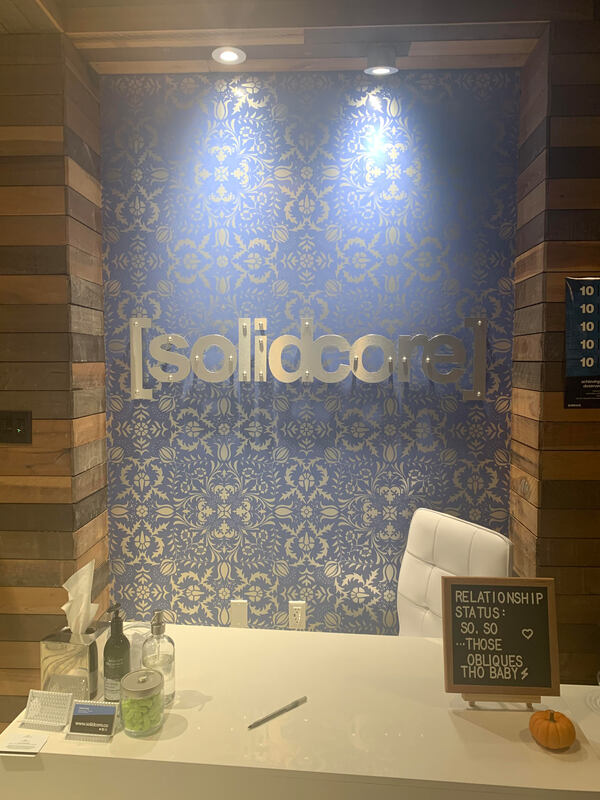
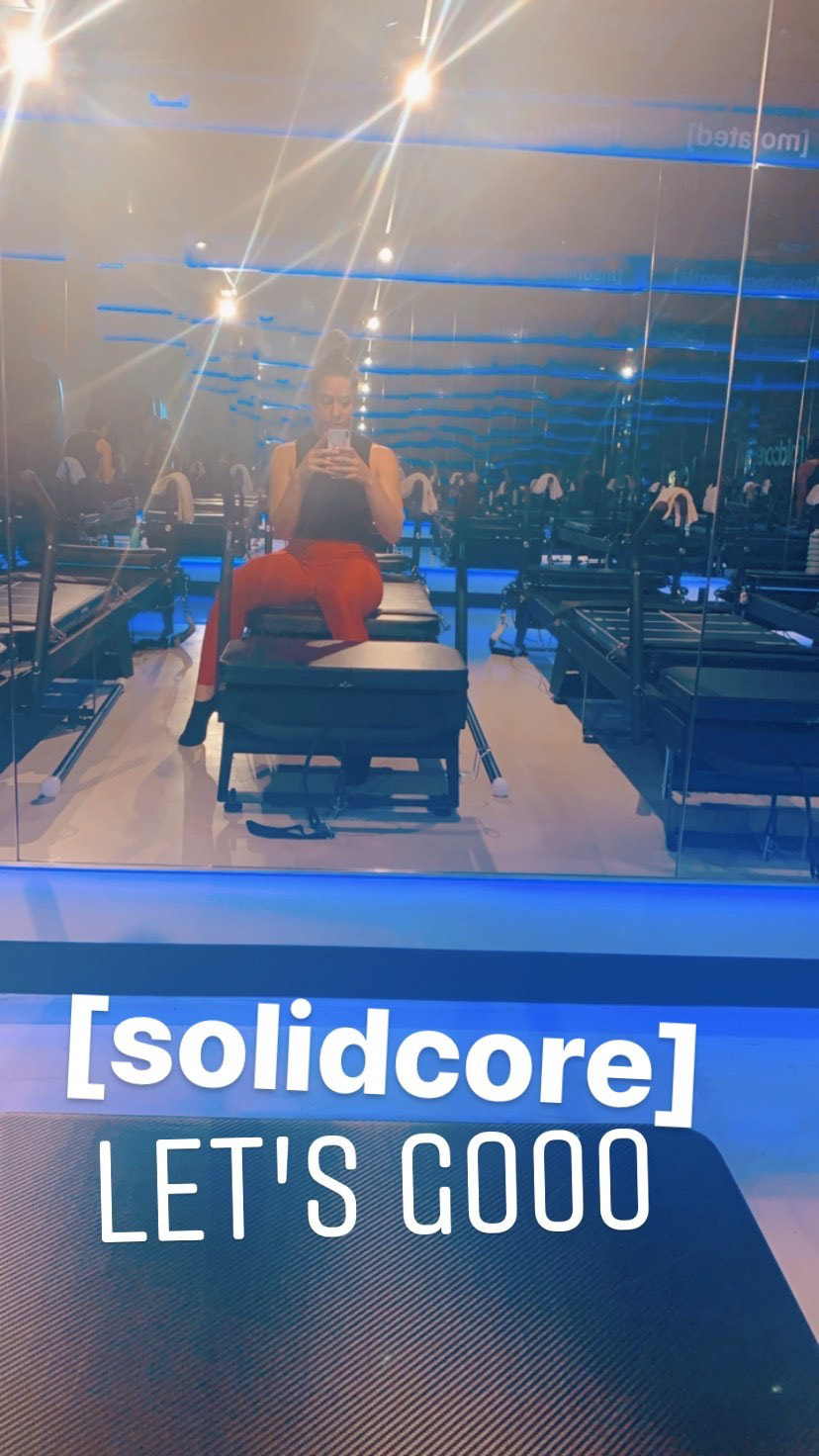
 RSS Feed
RSS Feed